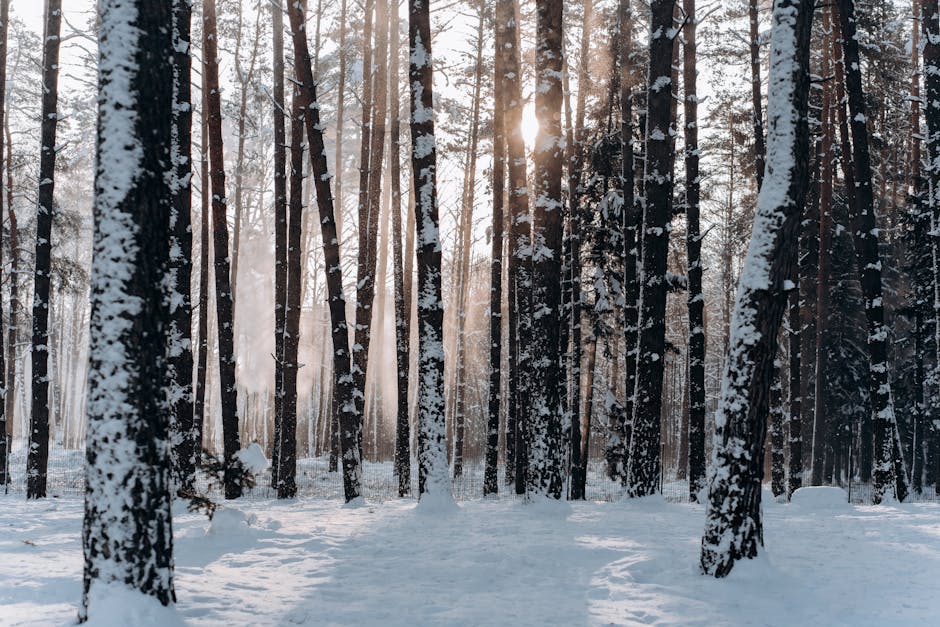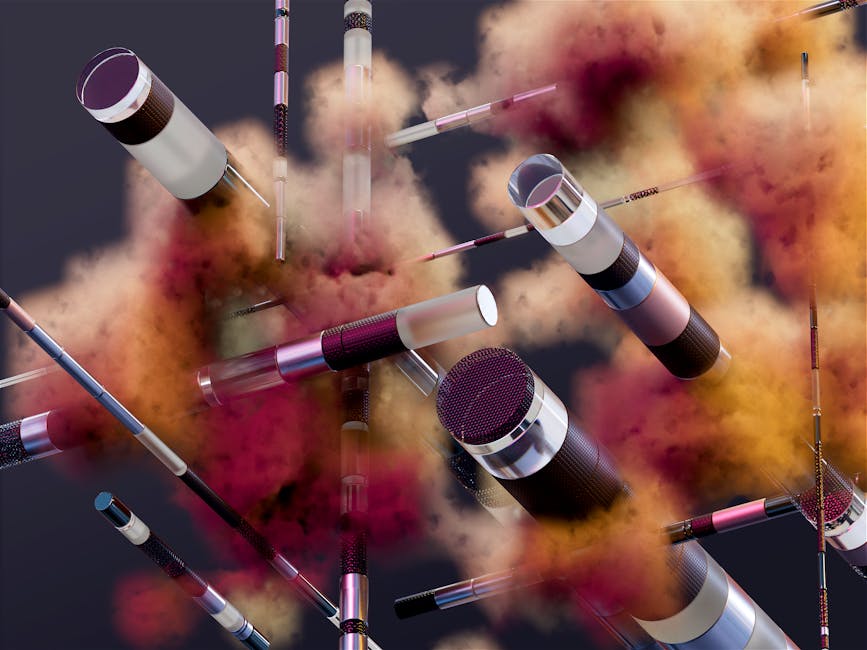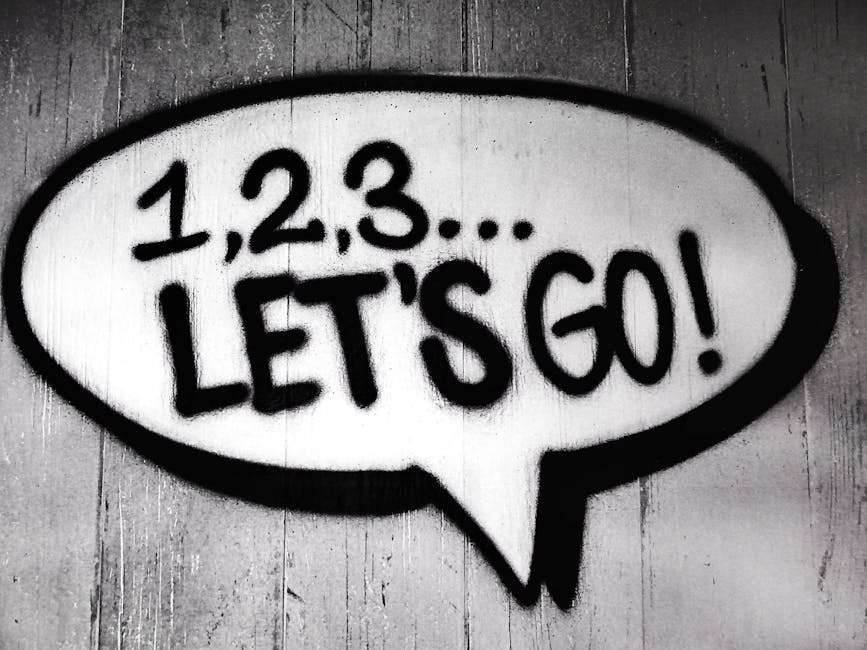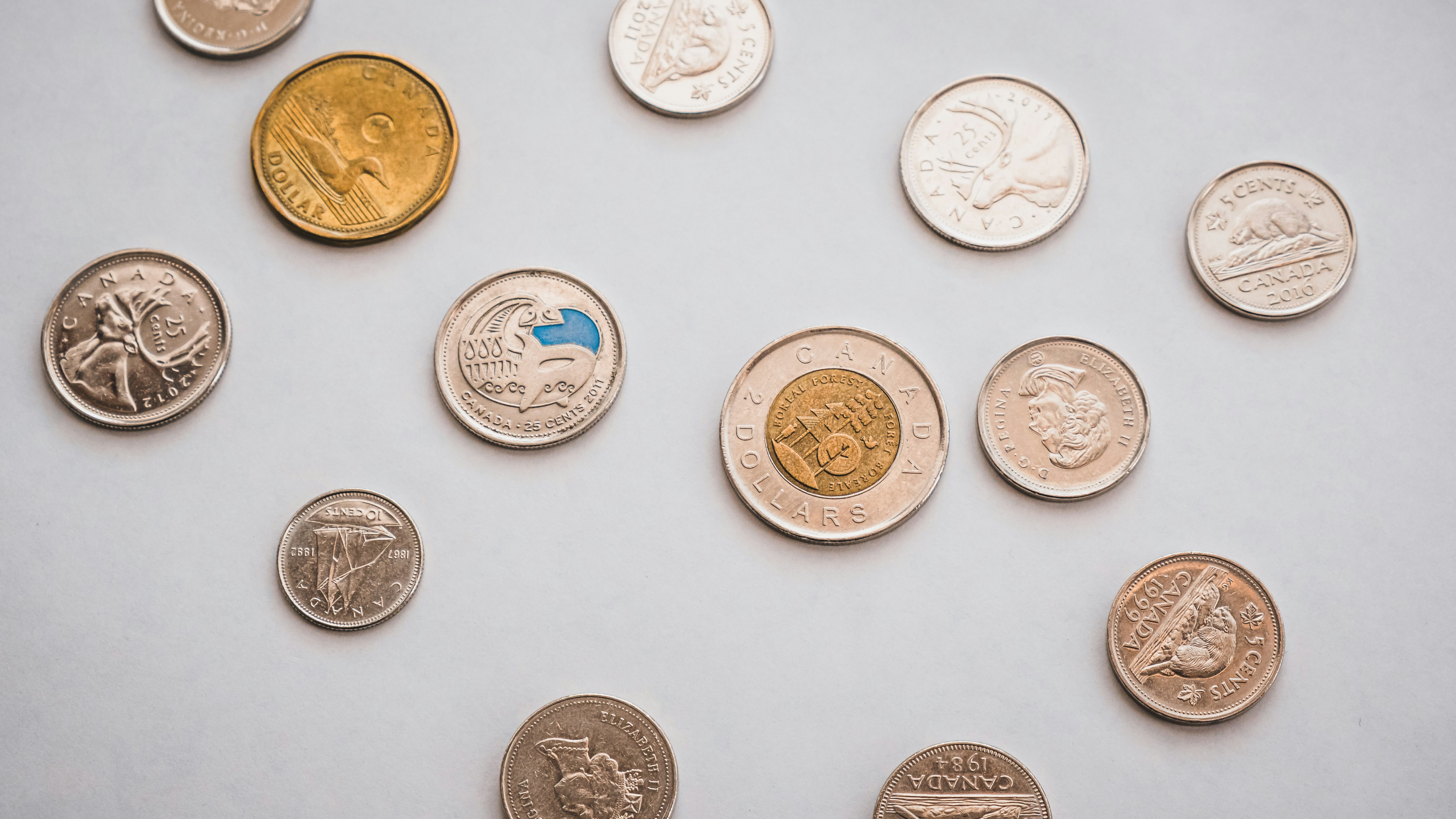The Legal Implications of AI-Generated Art: Navigating Copyright in 2025
In the digital age, the emergence of artificial intelligence (AI) as a creative partner has been nothing short of revolutionary. From music to literature, AI-generated art has found its space, inviting both admiration and concern. As we delve into the legal implications of AI-generated art, we uncover a complex terrain filled with copyright challenges and opportunities for creators. How are artists navigating these waters, and what can you do to protect your intellectual property in this evolving landscape?
Understanding AI-Generated Art

AI-generated art refers to artworks created with the assistance of algorithms and machine learning systems. This technology enables artists to produce visual content, music, and even written works that blend human creativity with computational techniques. The key players in this genre include programs like DALL-E, Midjourney, and GPT-based tools. These platforms stir a whirlwind of creative possibilities, blurring the lines between human and machine contributions. But this fusion raises a pertinent question: who truly owns the creation?
As we explore this question, it’s crucial to note that the legal frameworks surrounding AI-generated art are still in nascent stages. Many countries have yet to establish comprehensive laws addressing the role of AI in the creative process. This creates a legal gray area, while simultaneously offering opportunities for innovation in copyright law.
The Copyright Quandary: Who Owns AI-Generated Art?

The fundamental challenge lies in copyright ownership. Traditional copyright law is predicated on human authorship. For example, the Copyright Act of 1976 dictates that only works created by a human can receive copyright protection. Consequently, if an AI generates an artwork without human intervention, it raises the question of whether it can be copyrighted at all.
Several cases have already paved the way for this debate. In 2018, a non-human entity called “Stephen Thaler” claimed copyright on an artwork created by his AI system, "Creativity Machine." The U.S. Copyright Office ultimately ruled that the artwork could not be copyrighted because it lacked human authorship. This ruling serves as a critical touchpoint for artists and legal scholars alike, illustrating the hurdles faced in securing rights for AI-generated works.
However, the implications of AI in art aren’t entirely bleak. Creators have the opportunity to collaborate with AI to enhance their artistic expressions while potentially retaining rights through various legal mechanisms.
Opportunities for Creators: Navigating the New Landscape

As copyright law evolves, so do the opportunities for artists in this space. One significant advantage is the use of AI to generate initial ideas or elements that artists can further develop. This symbiotic relationship can lead to unique, hybrid works that reflect both human and machine creativity. Herein lies the potential for joint authorship, where both the artist and the AI system may be credited, albeit this raises further questions regarding ownership.
Co-Creation Agreements

To safeguard their interests, artists may consider co-creation agreements. These legal frameworks outline the rights and responsibilities of each party involved in the creative process. For instance, an artist utilizing an AI tool might stipulate that they retain a percentage of royalties from any derivative works or exhibitions showcasing the AI-generated content. Such agreements can clarify ownership rights and mitigate disputes down the line.
Licensing AI Tools

Licensing agreements represent another avenue for creators to navigate the legal challenges of AI-generated art. Many AI art platforms offer subscription or usage models that provide specific rights to the content generated through their systems. Understanding and negotiating these licensing terms is essential for artists looking to exploit AI-generated art commercially.
To explore how AI and copyright intersect with other emergent technologies, check out our article on navigating AI and copyright laws.
The Role of Fair Use and Transformative Works

As artists embrace AI technologies, the doctrine of fair use becomes particularly relevant. This legal principle permits limited use of copyrighted material without acquiring permission, provided that the use is transformative and serves a different purpose from the original work.
For instance, if an artist incorporates a portion of AI-generated content into a broader artwork that significantly alters the original intent or meaning, they may argue that their work falls under fair use. Understanding this nuanced landscape can empower creators to make informed decisions about how they integrate AI into their art while protecting their rights.
Protecting Your Work in the Digital Age

In the increasingly digital world of 2025, protecting your artistic creations from potential pitfalls is paramount. Here are practical steps creators can take:
1. Register Copyrights

While copyright is automatically conferred upon original works, registering your art provides added protection and makes potential legal disputes easier to navigate. Registration creates a public record of your ownership and is a prerequisite for pursuing statutory damages in cases of infringement.
2. Create Documentation

Maintain clear records noting your creative process, including drafts and iterations involving AI tools. This documentation can serve as concrete evidence of your authorship and creative decisions, should any disagreements arise in the future.
3. Use Watermarks

For artists sharing their work online, using watermarks can deter unauthorized use and create a clear link between the work and its creator. While this strategy may not prevent all theft, it serves as a visual reminder of ownership.
4. Explore Blockchain Solutions

A growing number of creators are turning to blockchain technology to safeguard their works. By registering their art on a blockchain, artists can establish an immutable record of ownership, which can be crucial in disputes over rights.
Conclusion: The Future of AI in Art

The realm of AI-generated art is ever-evolving, characterized by rapid technological advancements and shifting legal frameworks. As the art world grapples with the implications of AI, creators have both challenges and opportunities ahead. By understanding the dynamics of copyright law, employing proactive protection strategies, and embracing collaborative approaches, artists can not only safeguard their rights but also harness the power of this innovative technology.
The conversation around AI-generated art continues to be a significant point of discussion, especially as we approach 2025. As you embark on this exciting journey, remember to stay informed, stay creative, and advocate for your rights as an artist. Embrace change, and let the melding of human ingenuity and artificial intelligence inspire your next masterpiece.
Final Thoughts

As we engage in the dynamic dialogue surrounding the legal implications of AI-generated art, it's essential to remain adaptable, informed, and proactive. The path forward may be fraught with challenges, but with creativity and legal savvy, artists can navigate this brave new world. Explore resources, connect with other creators, and never hesitate to seek legal counsel when in doubt about your rights. In a world where innovation thrives, converting challenges into opportunities is the name of the game.



